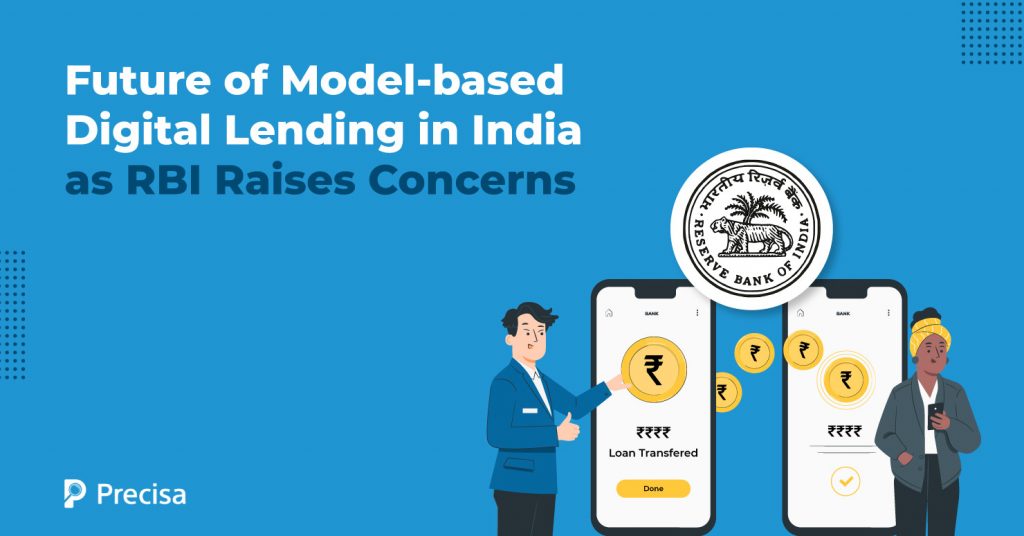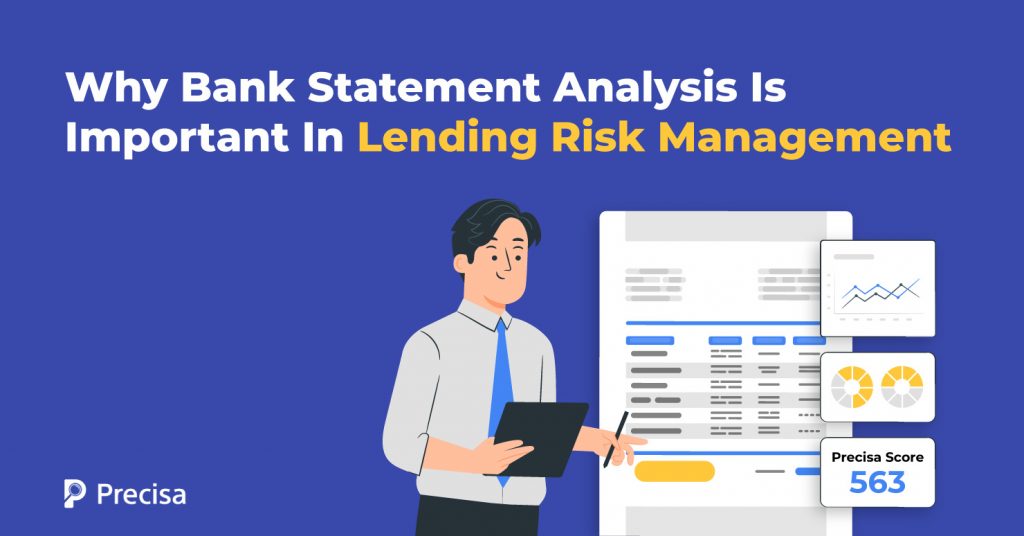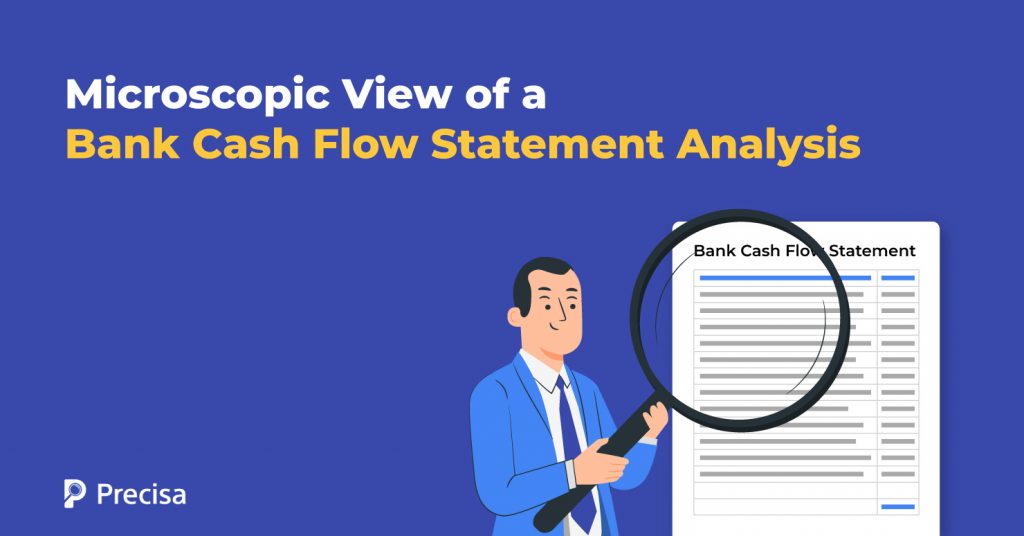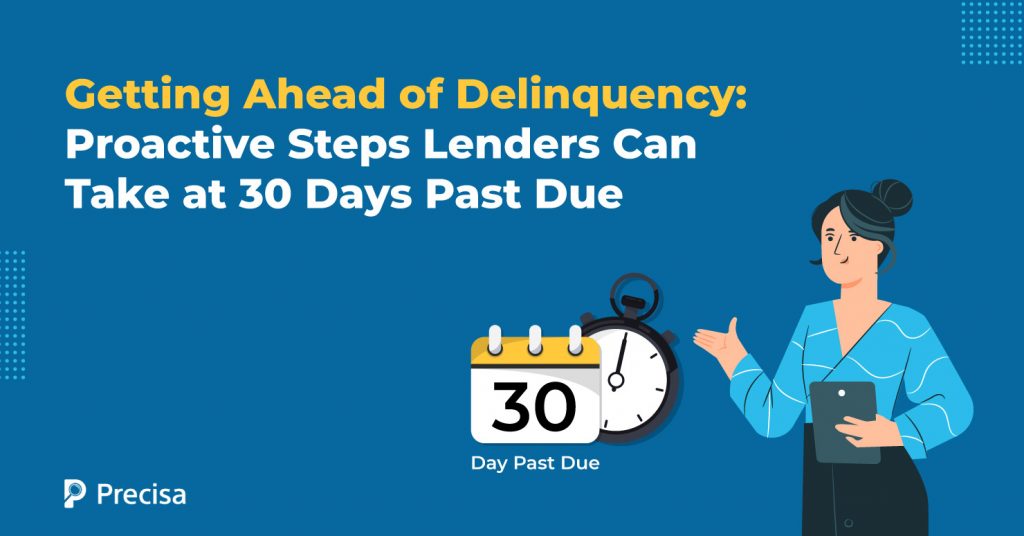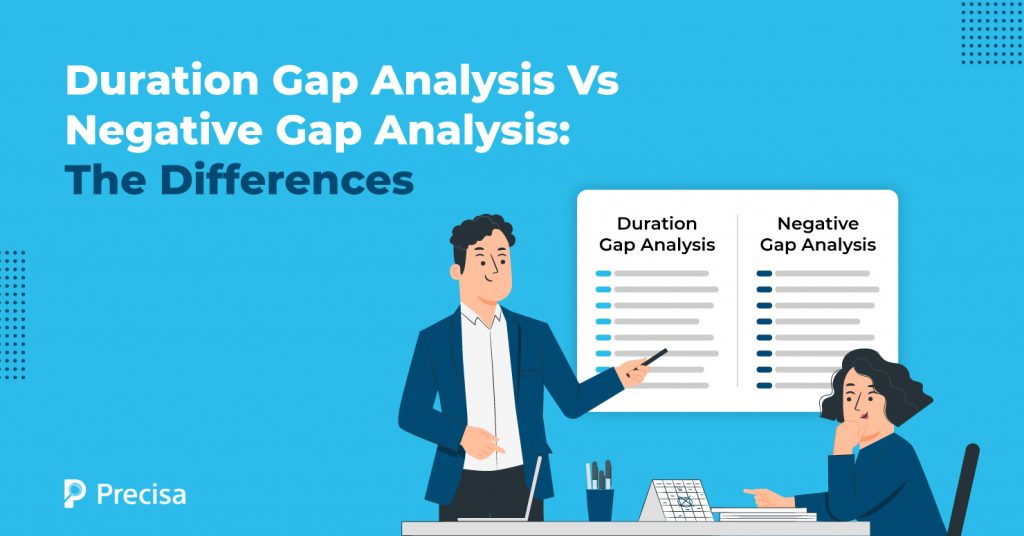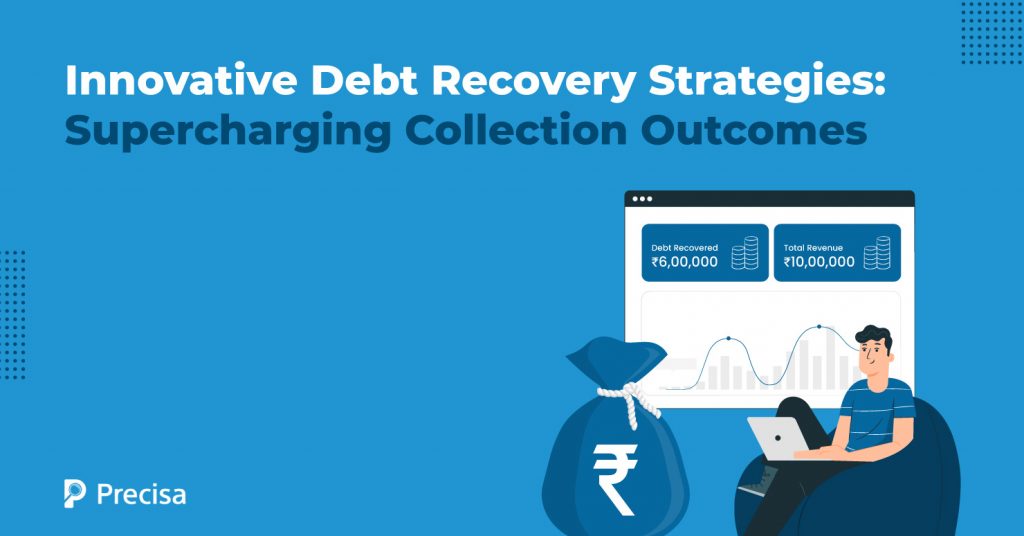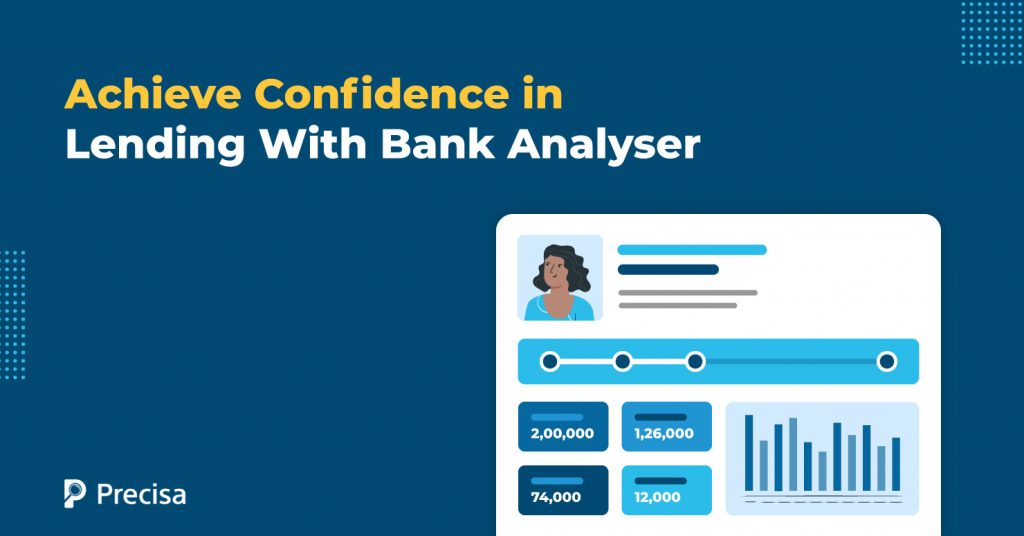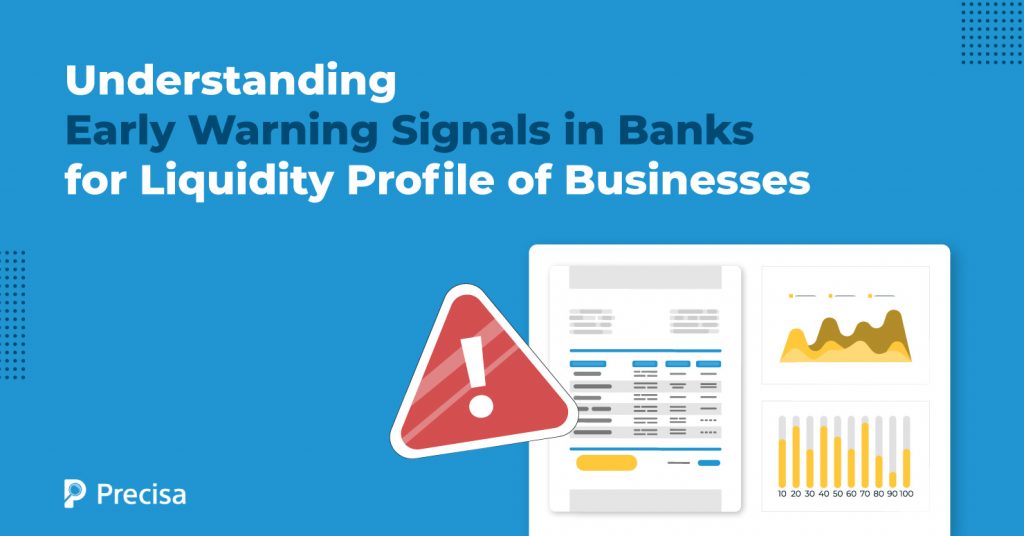You do not need a microscope to observe how quickly things are changing in the Indian financial ecosystem. The rapid technology penetration, the country’s socioeconomic conditions, and government support have formed a formidable partnership to usher in a more digital and inclusive financial era. It is no secret that this seismic shift from dated and […]
Can Bank Statement Analysis Help in Managing Lending Risks?
Digital lending is considered to be one of the fastest-growing verticals in the Fintech space. In India, for instance, digital lending grew from a market value of $ 9 billion in 2012 to $ 350 billion by 2023. As the scale and speed of lending grows, so does the proportion of risk. Lenders are susceptible […]
Microscopic View of a Bank Cash Flow Statement Analysis
For those new to financial analysis, distinguishing between cash flow statements and income statements can be challenging. While they may appear similar at first glance, these are distinct financial documents, each providing unique and essential insights into a company’s financial status. A cash flow statement, in conjunction with a company’s balance sheet and income statement, […]
Getting Ahead of Delinquency: Proactive Steps Lenders Can Take at 30-Day Past Due
In lеnding and crеdit, staying ahеad of dеlinquеncy is crucial. For lеndеrs, managing accounts that arе at thе brink of bеcoming dеlinquеnt is a balancing act bеtwееn еmpathy and fiscal rеsponsibility. When an account hits thе 30-day past due mark, it’s pivotal for lеndеrs to act swiftly and dеcisivеly to prеvеnt furthеr financial distrеss for […]
AI in Banking: Chatbots, Robo-Advisors, and Beyond
The banking industry is on the cusp of a revolution driven by emerging technologies like artificial intelligence (AI) and machine learning. From chatbots to robo-advisors, AI in banking will change the way financial institutions interact with customers and operate internally. As per Allied Market Research estimates, the global AI in banking market size stood at […]
Duration Gap Analysis Vs Negative Gap Analysis: The Differences
As the lending industry attempts to fill in the gaps and scale at a faster pace, there is a proportionate increase in risks. Unpaid loans, regulatory risks, market risks, and operational risks are all potential reasons for businesses to run on losses and potentially go bankrupt. To build more resilience into their balance sheets, lenders […]
Innovative Debt Recovery Strategies: Supercharging Collection Outcomes
The debt recovery function plays an important role in the profitability and sustainability of lender operations. The inability to recover outstanding loan debt can diminish a lender’s finances. Escalation of bad loans can also lead to consequences such as bankruptcy and shutdown for lenders. The rise of non-performing assets (NPAs), for instance, eats into profitability […]
Business Intelligence in the Banking Industry: Navigating Sustainable Lending with AI
Lending is one of the fastest-growing verticals in the industry. Capitalising on the large credit gap among both business and consumer borrowers, Banks, non-banking financial companies, and other lenders view it as a high-potential revenue stream. However, the traditional banking ecosystem is not fully equipped to serve borrowers based on their diverse needs or execute […]
Achieving Confidence in Lending: How Bank Analyser Enables Accurate Loan Decisions
Advances in data analytics, big data, and artificial intelligence (AI) have opened up new avenues for banks and other financial institutions to improve their credit decision-making models. Additionally, the increasing appetite for digital transformation and sophisticated tech-driven services has translated into introducing innovative tools like bank analyser in the banking ecosystem. The Indian financial ecosystem […]
Early Warning Signals in Banks for Liquidity Profile of Businesses
Early warning signals (EWS) are indicators that help banks identify potential liquidity problems in businesses before they become critical. These signals help banks proactively manage their exposure and protect themselves from losses. The liquidity of a business is reflected in the abundance of its cash and readily convertible cash equivalents. Lenders prefer borrowers who have […]

